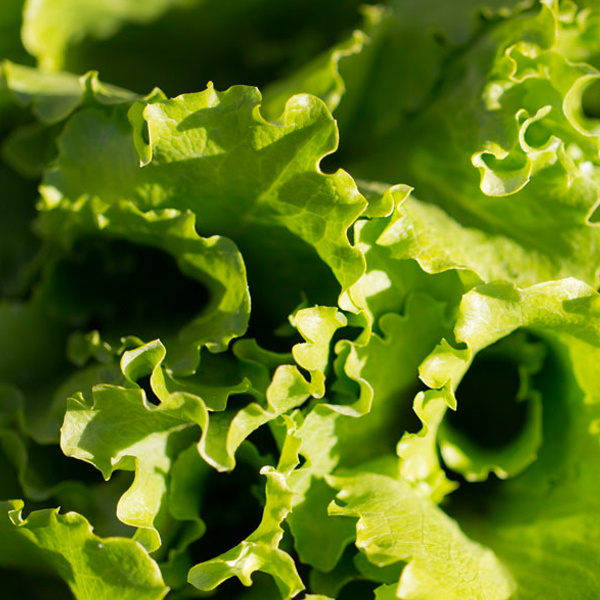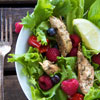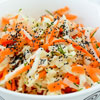Combine onion, ginger, cinnamon, salt, orange zest, vinegar, brown sugar and raisins in a medium saucepan. Bring to a boil, reduce heat and cook for 10 minutes, until sugar is dissolved and onion is soft. Add rhubarb, reduce heat and cover. Simmer 10 minutes, stirring frequently, until the rhubarb is tender and the chutney coats the back of a spoon. Take care not to overcook or the rhubarb will be mushy. Serve warm or at room temperature. Chutney can be chilled for up to three days in a sealed jar in the refrigerator. Makes about one quart.



